Mazda's Rotary Engine Returns for 2019 - Just Not How You Had Hoped

Mazda never gave up on the rotary engine. Despite putting it on hiatus after the RX-8 ended production in 2012, the automaker has continued developing rotary-based solutions to achieve locomotion. There has even been a longstanding promise that a Wankel motor would eventually return in a future sports car that would trump the MX-5 in outright performance. However, Mazda never mentioned when the world could expect to see another rotary in action.
Then Mitsuo Hitomi, Mazda’s global powertrain head, gave us a timeline to sink our teeth into. The year of the Wankel will be 2019, but it’s not coming back how you imagined. Instead of dropping it into a high-revving performance vehicle, Mazda thinks a rotary would make the perfect gas-powered range extender for its upcoming electric vehicle.
“I think that’s probably what it will be,” Hitomi told Automotive News during a sneak preview at the Japanese carmaker’s Japanese proving grounds.
According to Hitomi, Mazda Motor Corp. feels that the rotary’s ability to make gobs of power in a small, low-vibration, package would make it an ideal range extender on its first battery-powered car. But it also serves as a nod to the company’s heritage and keeps rotary R&D alive.
Akira Kyomen, program manager for vehicle development said the new EV would come in two flavors — purely electric or equipped with a charge-supplementing generator. Mazda’s plan is to market the basic EV in Europe, Japan, and China but acknowledged that North Americans clock more daily miles on average and would appreciate something to alleviate range anxiety.
Mazda says its new EV architecture, set to arrive in 2019, will accommodate BEVs with or without range extenders — as well as hybridized powertrains. But what of that ultra-powerful rotary-driven performance vehicle we keep hearing about?
While Hitomi confirmed that Mazda’s engineering team has continued work on a larger Wankel, he also said the company had to prove there would be sufficient room on the market for the vehicle it would go into. The automaker doesn’t want another sports car if it is just going to cannibalize Miata sales. Hitomi said the company needs to assess “whether the business conditions will be met or not … not the big technical issues. Are we going to really sell that many models of sports cars? There aren’t that many auto companies selling multiple sports cars.”
We can think of plenty of manufacturers that produce more than one performance-oriented vehicle, but Mazda is right to be cautious if it isn’t going to make something exceedingly different from the MX-5. That said, we all assumed the next rotary-equipped performance model to be a fire-breathing RX that would easily upstage the Miata and distinguish itself on the market.
However, Mazda has been exceptionally tight-lipped on its plans for the rotary while also making time to nudge journalists with constant reminders that something is in the works . Most of the rumors about Wankel engines were launched by the automaker to begin with, including early hints that their first EV would use a rotary-based generator.
Questions remain as to how feasible the powertrain even is on a modern performance model though. The RX-8 left the market for two reasons: dwindling sales and tightening emissions standards. Mazda has said in the past that it has been fine tuning the rotary so it will be ready whenever there is an opening for it. But how it can make one work without burning through gallons of fuel or belching tons of carbon dioxide is unknown. Perhaps that’s why it’s decided to focus on the range extender first.
Although, Mazda’s reasoning for holding onto the rotary runs deeper than just tradition. It knows enthusiasts still love it and doesn’t want to give up on what it sees as a piece of its soul, even though it has been pretty wishy-washy on the rotary’s future in the past.
“The technology of the rotary engine is something only Mazda can build,” said Mazda’s global design chief Ikuo Maeda during last year’s unveiling of the RX-Vision Concept. “If we give up, it’ll disappear, and that’s a huge risk as engineers won’t be attracted to Mazda. [Head of R&D Kiyoshi] Fujiwara wants to build a rotary and a sports car, and I have the same feeling: a grown-up sports car that can lead our brand — an icon.”
“A car needs to have character, which means it has to convey that traditional machine-like feel. It must still have a mechanical quality,” Maeda concluded.
[Image: Mazda]

A staunch consumer advocate tracking industry trends and regulation. Before joining TTAC, Matt spent a decade working for marketing and research firms based in NYC. Clients included several of the world’s largest automakers, global tire brands, and aftermarket part suppliers. Dissatisfied with the corporate world and resentful of having to wear suits everyday, he pivoted to writing about cars. Since then, that man has become an ardent supporter of the right-to-repair movement, been interviewed on the auto industry by national radio broadcasts, driven more rental cars than anyone ever should, participated in amateur rallying events, and received the requisite minimum training as sanctioned by the SCCA. Handy with a wrench, Matt grew up surrounded by Detroit auto workers and managed to get a pizza delivery job before he was legally eligible. He later found himself driving box trucks through Manhattan, guaranteeing future sympathy for actual truckers. He continues to conduct research pertaining to the automotive sector as an independent contractor and has since moved back to his native Michigan, closer to where the cars are born. A contrarian, Matt claims to prefer understeer — stating that front and all-wheel drive vehicles cater best to his driving style.
More by Matt Posky
Latest Car Reviews
Read moreLatest Product Reviews
Read moreRecent Comments
- Wjtinfwb My comment about "missing the mark" was directed at, of the mentioned cars, none created huge demand or excitement once they were introduced. All three had some cool aspects; Thunderbird was pretty good exterior, let down by the Lincoln LS dash and the fairly weak 3.9L V8 at launch. The Prowler was super cool and unique, only the little nerf bumpers spoiled the exterior and of course the V6 was a huge letdown. SSR had the beans, but in my opinion was spoiled by the tonneau cover over the bed. Remove the cover, finish the bed with some teak or walnut and I think it could have been more appealing. All three were targeting a very small market (expensive 2-seaters without a prestige badge) which probably contributed. The PT Cruiser succeeded in this space by being both more practical and cheap. Of the three, I'd still like to have a Thunderbird in my garage in a classic color like the silver/green metallic offered in the later years.
- D Screw Tesla. There are millions of affordable EVs already in use and widely available. Commonly seen in Peachtree City, GA, and The Villages, FL, they are cheap, convenient, and fun. We just need more municipalities to accept them. If they'll allow AVs on the road, why not golf cars?
- ChristianWimmer Best-looking current BMW in my opinion.
- Analoggrotto Looks like a cheap Hyundai.
- Honda1 It really does not matter. The way bidenomics is going nobody will be able to afford shyt.


















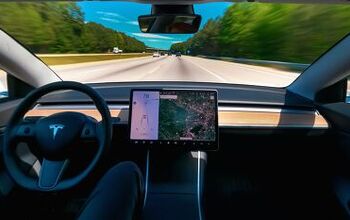

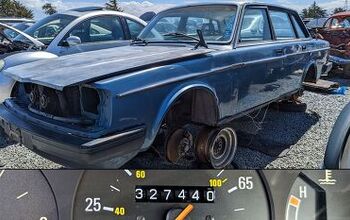
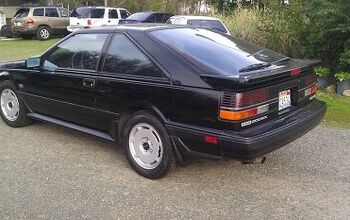


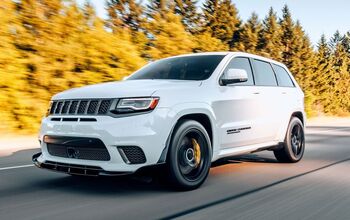

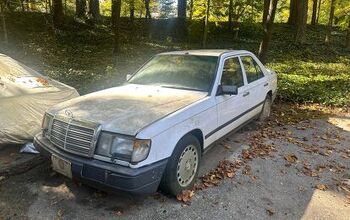
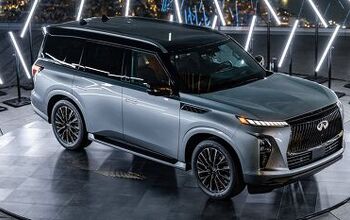
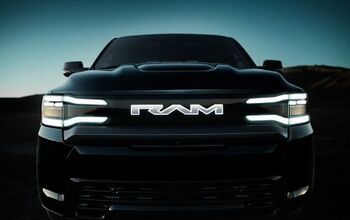
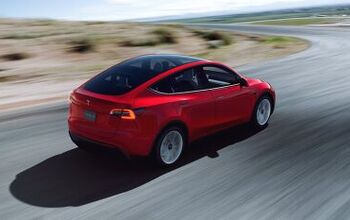

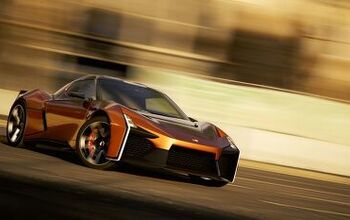
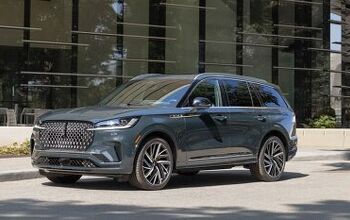

Comments
Join the conversation
"It knows enthusiasts still love it and doesn’t want to give up on what it sees as a piece of its soul..." TTAC is that people really aren't hungering for rotary sports cars. The late RX-8 sales dwindled steadily (~-50% annual rate) for 8 long years: 2004 = 23690 2005 = 14673 2006 = 9343 2007 = 5767 2008 = 3368 2009 = 2217 2010 = 1134 2011 = 759 2012 = 80 Mazda is self-deluded about bringing the rotary back in *any* form. It makes no sense as a range extender due to emissions. And any range extender has to be done like the Volt, where you get plenty of power from the ICE, and not like the BMW i3, whose range extender can't really propel the car. Mazda's fixation with rotaries is one reason this company's US market share is shrinking. They ought to spend their limited resources on winning back the US market.
Funny that the rotary engine, originally thought of as primary propulsion, ends up as an auxiliary. The Chrysler turbine followed the same route, used for forced induction of an ICE. Does that mean somebody might find a better use for a CVT?